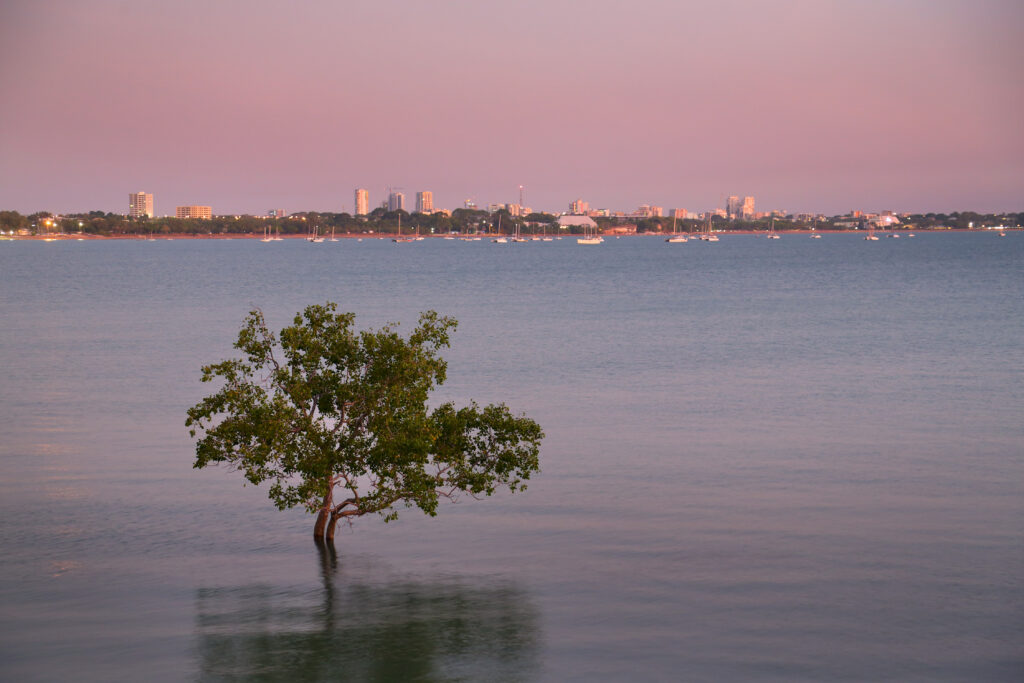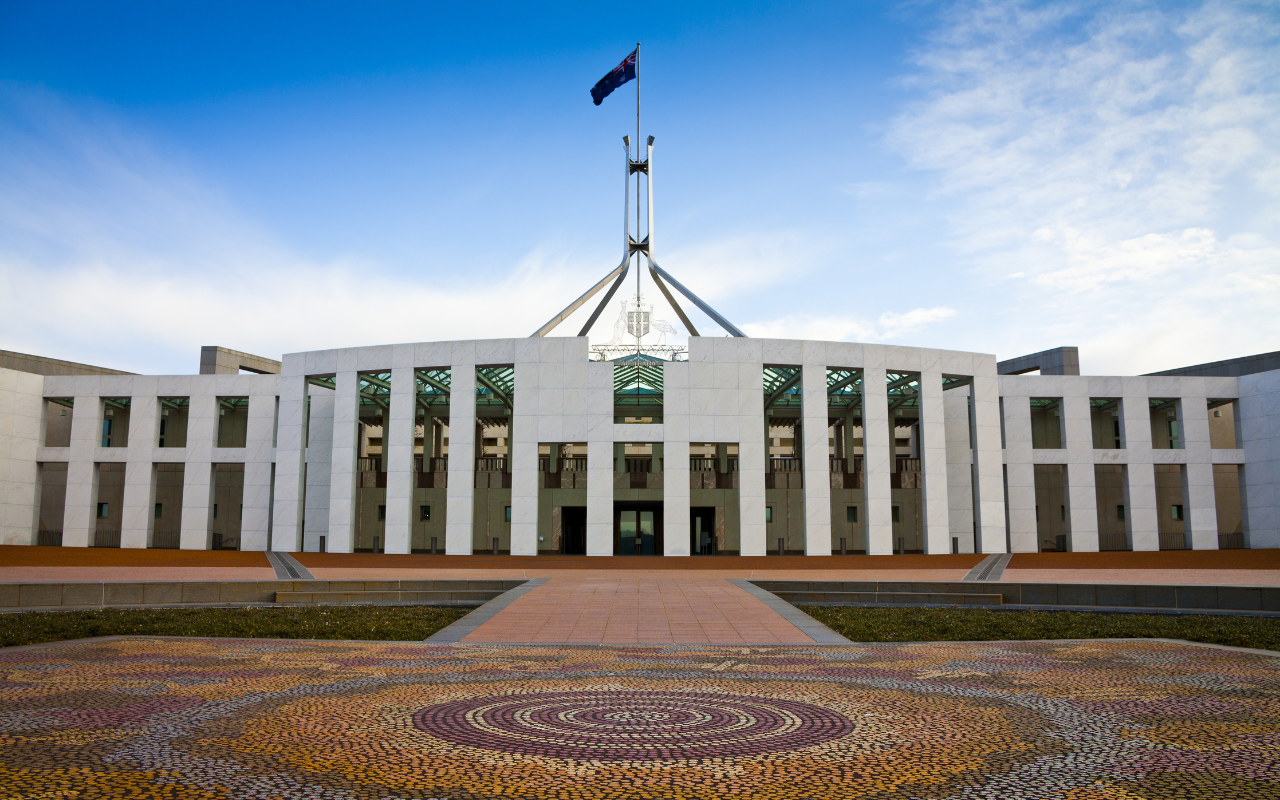The Australian Electoral Commission has established a disinformation register to counter false claims being made about the Indigenous Voice to Parliament referendum process.
In October, Australians will vote in a referendum to decide whether to recognise Aboriginal and Torres Strait Islander peoples in the Constitution through a Voice to Parliament.
For this article, InSight+ spoke with a Northern Territory doctor about her experiences with Indigenous wellbeing and whether a Voice to Parliament would help at a national level.
Release of the official referendum pamphlet
Earlier this month, the Australian Electoral Commission (AEC) released the official referendum pamphlet – a document that will be mailed to all Australians in the lead-up to the referendum to assist with voting.
The pamphlet includes cases prepared by both the Yes and No case parliamentary committees (comprising MPs and Senators who voted for and against the Voice to Parliament Bill).
“The AEC said it does not have the have legislative authority to edit the information provided to it,” an AEC spokesperson told InSight+.
The AEC has provided a disinformation register, which looks at facts regarding the referendum process.
RMIT ABC Fact Check has released an analysis of the pamphlet, including the Yes case’s claims about the benefits of the Voice to Closing the Gap.
“We’re providing a source of what we say is trusted information, which we ask people to take seriously before casting their vote,” RMIT FactLab Director Russell Skelton told InSight+.
In 2020, the Australian Government published a report by Professor Marcia Langton AO and Professor Tom Calma AO, which addresses how a Voice to Parliament might function.
A local perspective on the Voice
As part of the InSight+ coverage of the Voice to Parliament, we spoke to Professor Anna Ralph, the Deputy Director of Research at Menzies School of Health Research, which is located on the grounds of the Royal Darwin Hospital in the Northern Territory.

Professor Ralph is an infectious diseases physician who conducts regular clinics and ward rounds, as well as outreach clinics to remote communities. Most of her work is tertiary focused.
“More recently, I’m also working on cultural safety and communication with Aboriginal patients, because it’s fundamental to health care,” said Professor Ralph.
At the Royal Darwin Hospital, 60–90% of patients are First Nations people, with 59% speaking an Indigenous language as their primary language.
Professor Ralph says that there are more than 20 unique languages spoken by patients attending the hospital.
Improvements to self-discharge rates
“The Northern Territory has the nation’s highest rates of self-discharge from hospital. Patients are not having a good experience of care,” said Professor Ralph.
“What can we as health care providers, and systems, do to address those issues?”
“One thing is recognising that people come from all different Aboriginal nations and speak Aboriginal languages as first languages, and we need to have much better use of Aboriginal first-language people [interpreters] in health care,” said Professor Ralph.
The Royal Darwin Hospital employs Aboriginal first-language people as interpreters, and the improvements to care have been documented.
“The quantitative data showed that as interpreter use improved, self-discharge rates went down. People are getting better communication; they’re going to stay in hospital to get the treatment they need,” said Professor Ralph.
“The qualitative research found that patients’ experience of care was utterly transformed by having access to an interpreter,” said Professor Ralph.
“People who were on renal dialysis, for example, stopped skipping dialysis sessions because they now understand of the importance of it,” said Professor Ralph. “They became empowered and active in their management,” Professor Ralph said.
Cultural safety training reduces staff turnover
“A second thing we focus on is providing training to health care providers on cultural safety, which covers communication, but also antiracism,” said Professor Ralph.
“Racism is a big word … people don’t necessarily know what it means, or they feel like they’re being accused of doing something bad.
“Cultural safety training is acknowledging that bringing biases to interactions is a normal human trait. It’s about recognising that and making sure that our medical decision making is not being influenced by those biases,” said Professor Ralph.
The Royal Darwin Hospital has had success and positive feedback from its communications and cultural safety training programs.
“Another of the other benefits we’ve found from working with Aboriginal first-language people is that health professionals benefit,” says Professor Ralph.
“Often, doctors are only interacting with Aboriginal people in that doctor–patient relationship. It sets up a power dynamic which disempowers Aboriginal people. When we’re interacting with Aboriginal first-language peoples as fellow professionals, it helps to address that dynamic. Doctors suddenly start getting better knowledge and respect for language and culture,” said Professor Ralph.
“It also helps curb burnout and high staff turnover that impacts rural and remote health care in Australia, in particular in Aboriginal health,” said Professor Ralph.
The Voice “will help at a national level”
“Having a Voice to Parliament – and having a Yes vote at the referendum – would be a way to help the national psyche and a step towards reconciliation,” said Professor Ralph.
“It would help to address those power dynamic issues in health care. The more that First Nations peoples are empowered in health care, the better off health is going to be,” said Professor Ralph.
The Voice to Parliament referendum will be held in October 2023. The date of the referendum is likely to be announced in mid-September.

 more_vert
more_vert
Hypothetical Sue – ATSIC was incorporated into the constitution on its creation – what became a caricature of maladministration could not have been abolished. I cant remember anyone lamenting the demise of ATSIC. No future government will abolish an effective and productive indigenous organisation , irrespective of wether it has funding functions or not , the electoral cost would be too great. Therefore no need for the Voice to be incorporated into the constitution…………..unless it is a precondition to give bargaining leverage to a treaty and reparations , then it makes sense.
The PM is saying this is not the case , so why make something irrevocable when there is no need to do so?
Thanks for the article. As the author notes, “The Australian Electoral Commission has established a disinformation register to counter false claims being made about the Indigenous Voice to Parliament referendum process.”
It is our responsibility as both members of society and advocates for the health of vulnerable people to become as informed as possible. To address a couple of questions posted here:
Would we be repeating the shortcomings of ATSIC? The new body will not hold funding responsibility – only give advice.
And why does it need to be in the constitution? So that future governments can’t repeal the legislation and function without an Indigenous Voice.
There are many useful websites, including this one: https://ulurustatement.org/education/faqs/
I fear the Voice would go the same way as ATSIC, ending up a fat bloated bureaucracy making little difference to those poor souls at the coal-face. The treaty would follow soon after.
Thanks Professor Ralph , and it may well be that The Voice can achieve all you hope , though the ATSIC experience would counsel some reticence – irrespective why does this need to be incorporated into the constitution?
The Voice could have been legislated months ago and we could all be seeing what benefits it can bring, instead. we are being compelled to constitutionally enshrine a complete unknown on a hope and a prayer.
It is all so unnecessary and potentially so damaging. if the referendum fails it will be a case study in overreach and hubris.
From a medical perspective, the ‘Yes Vote’ is a positive, and possibly the only choice. But Indigenous health issues and CTG are just a very small part of The Voice.
I haven’t heard any clarification about the issues that many people have regarding reparations, compensations, rents, cultural land rights, etc. Also, our Prime Minister has claimed there is to be no treaty as part of ‘The Voice’, but several proponents (Thomas Mayo, Prof Langton, et al) all talk about the virtues and the reality of a treaty. “We can then punish (those) who don’t listen to our advice” – Thomas Mayo.
It is what we are not being told that is concerning the peoples of Australia. We need to get this right !!
What has the NIAA been doing all these years? If you haven’t heard about it look it up.
It is a government department advising the Minister of Aboriginal Affairs with a staff of 1200 and an annual budget of $1.5 billion.
The voice would simply add another layer of Canberra bureaucracy ran by the elites not to mention the ultimate goals of treaty and reparations.
It will not do anything to the important issues raised above
Thank you so much for this pragmatic background understanding.
It highlights what is so Critical for assisting our Indigenous First Nation Peoples
Thanks again,